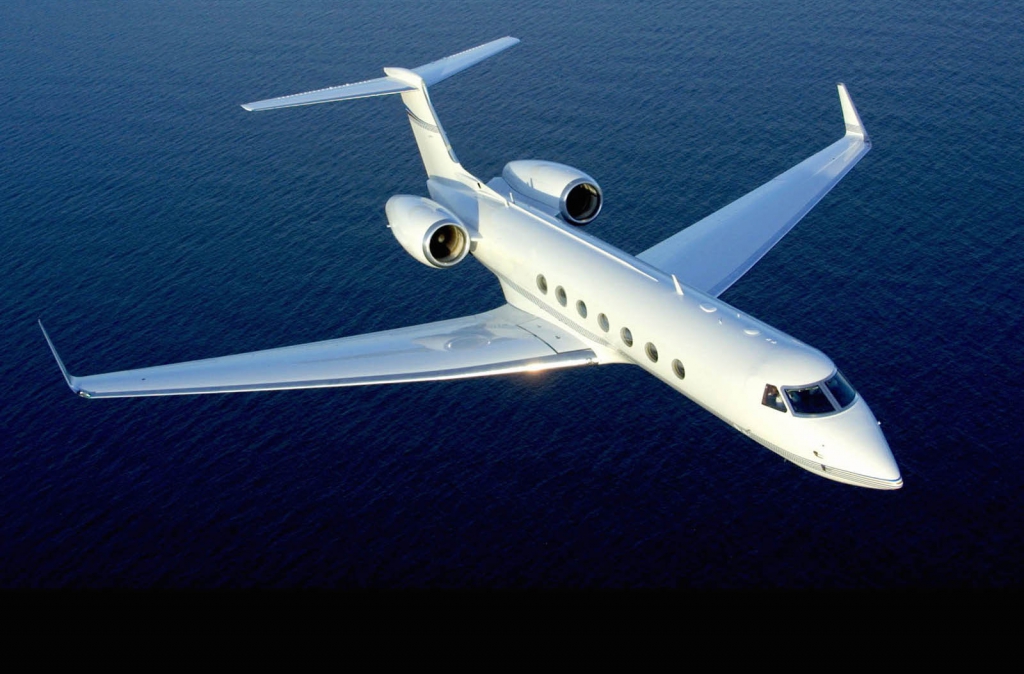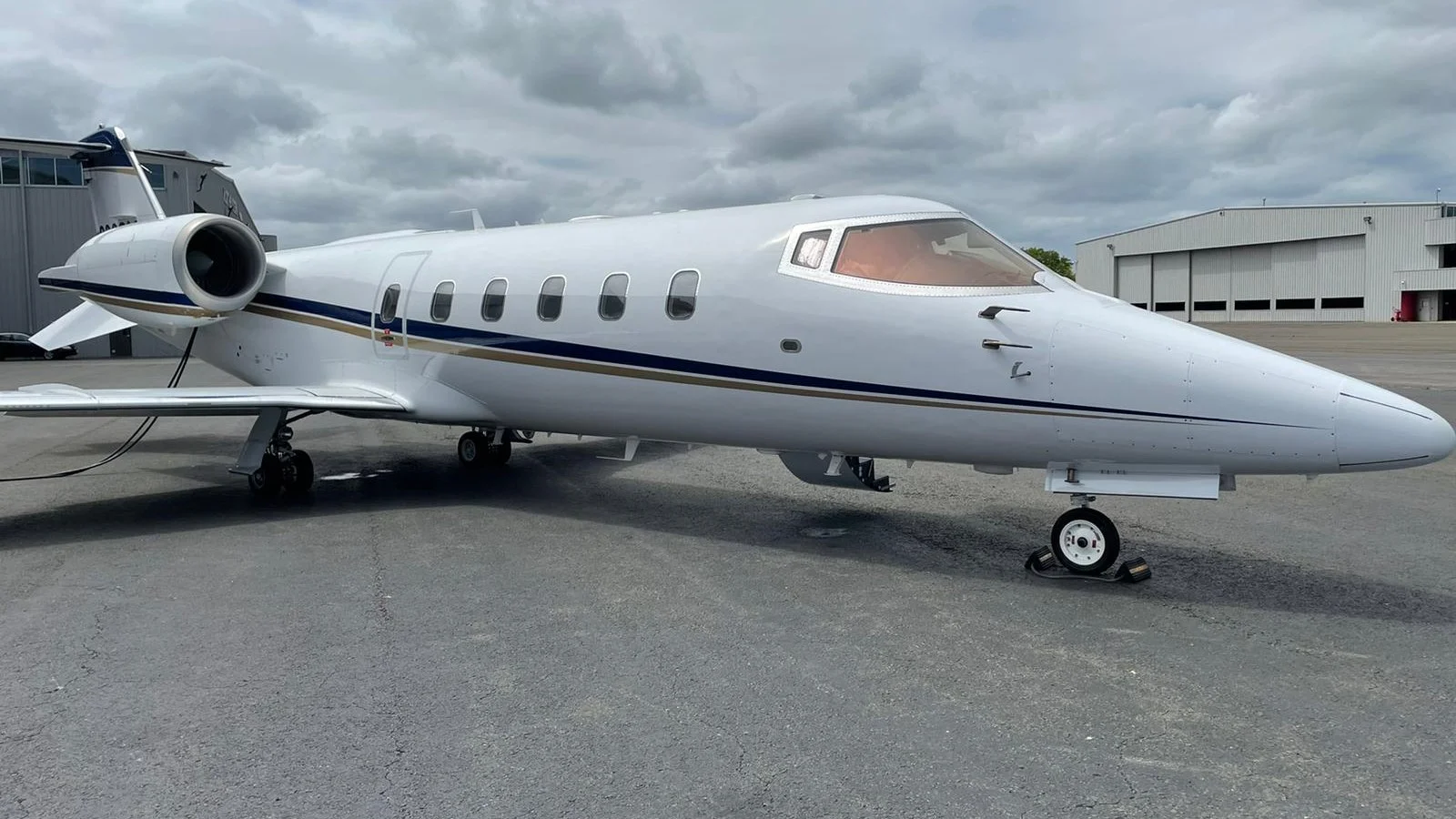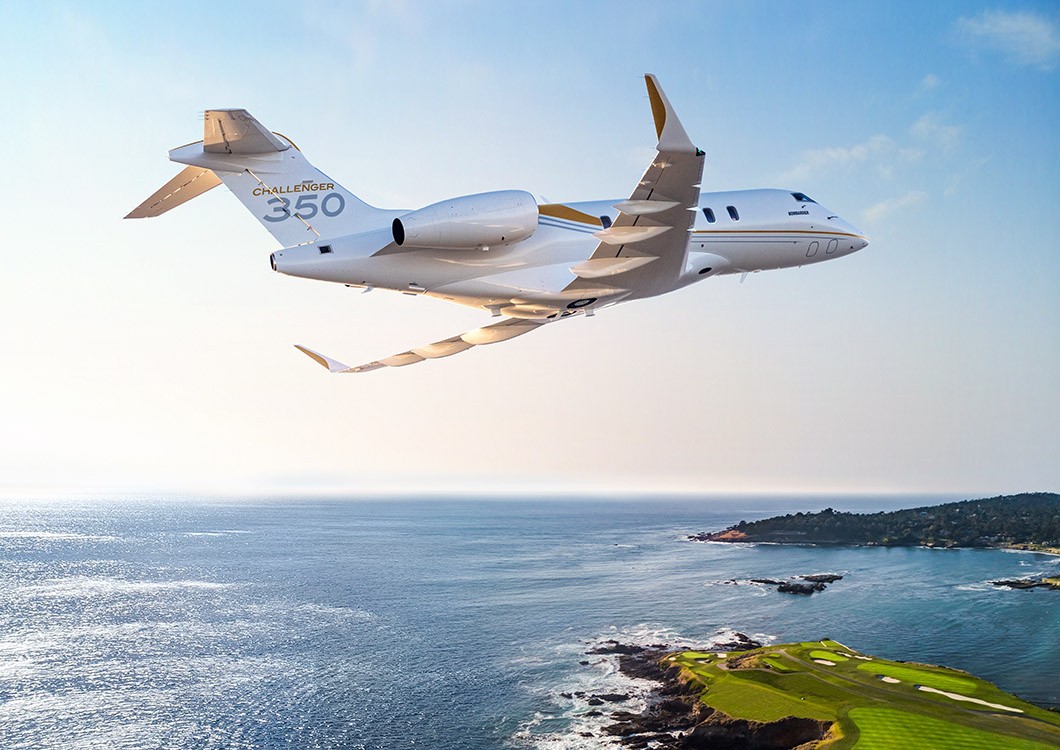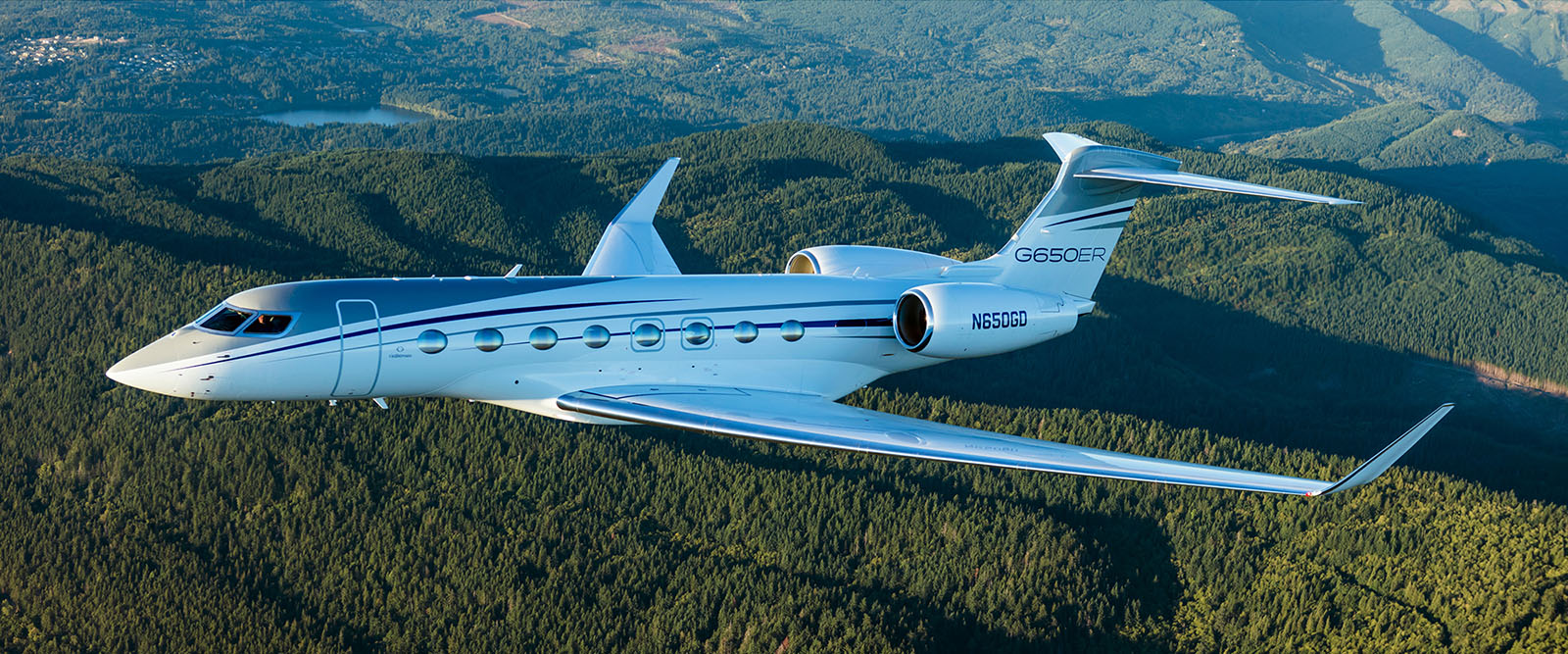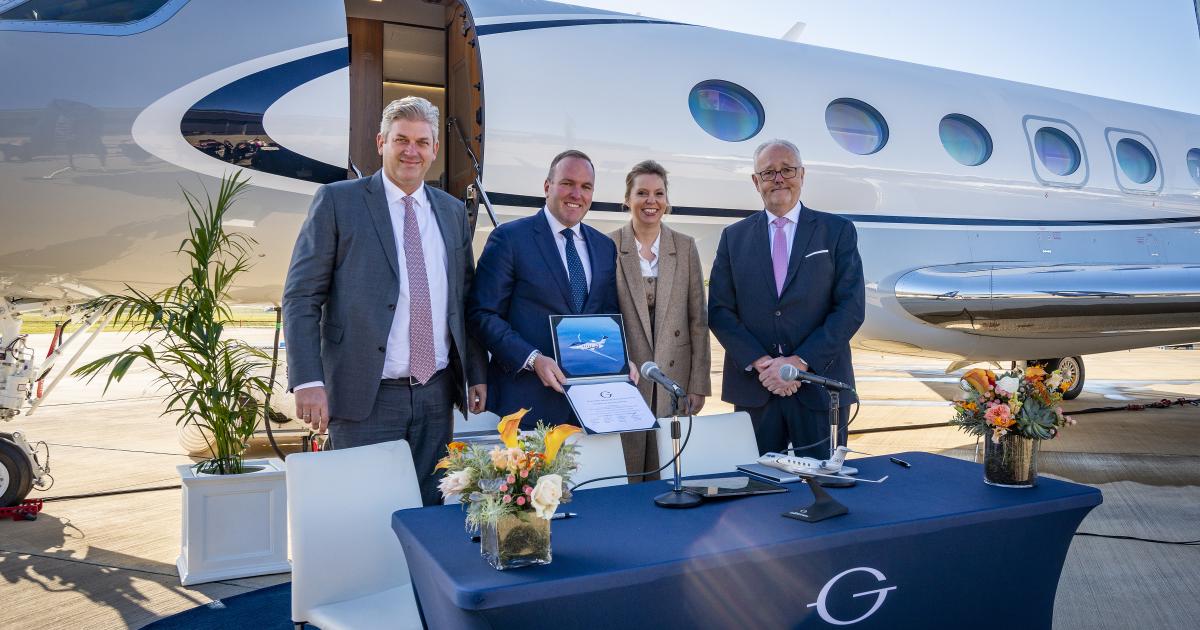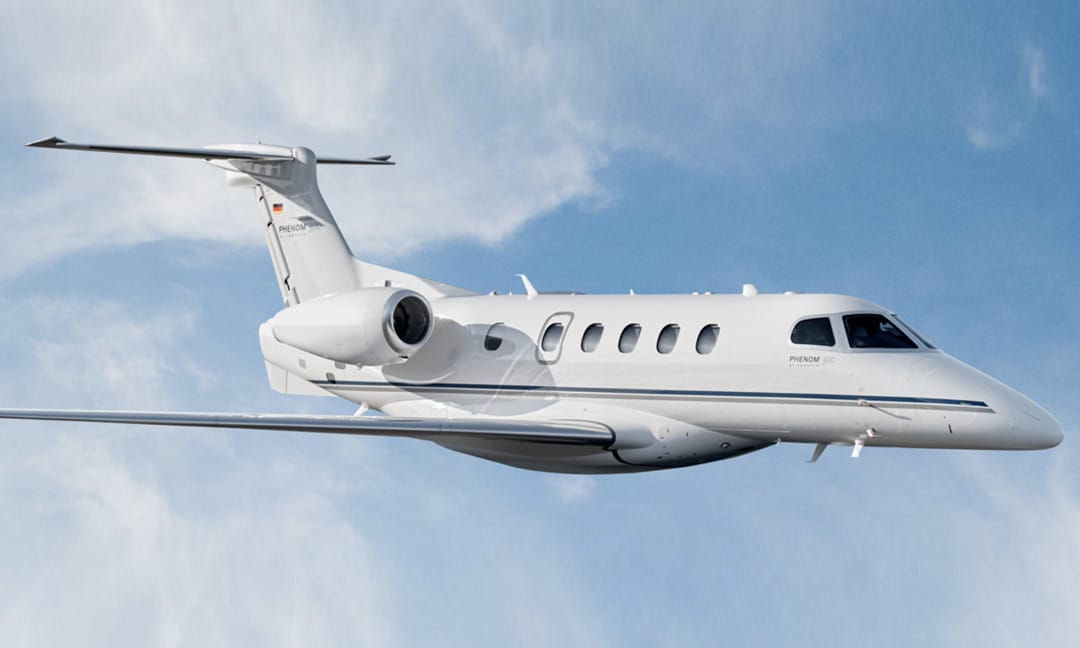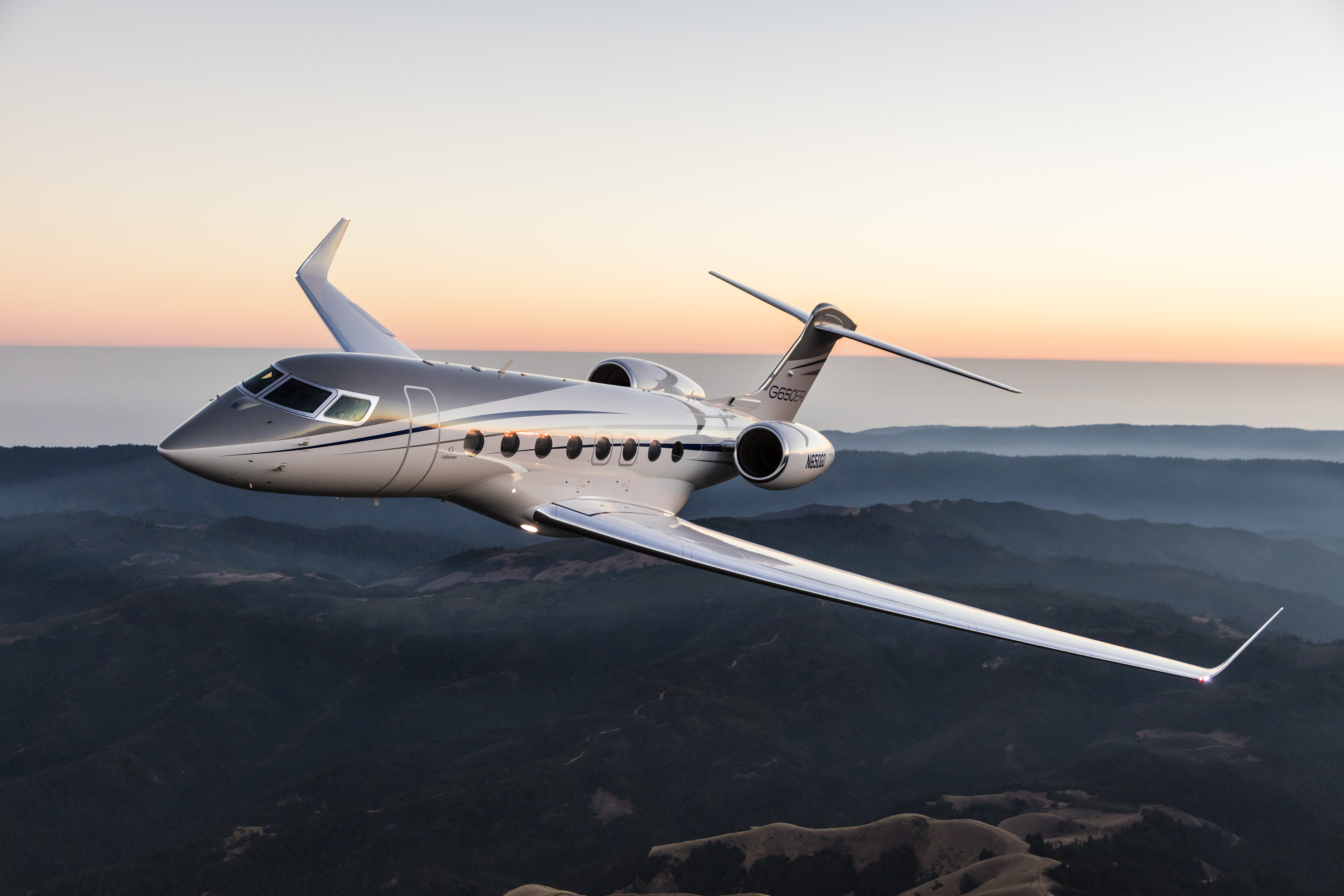The Complete Guide to Aircraft Insurance
4 min read
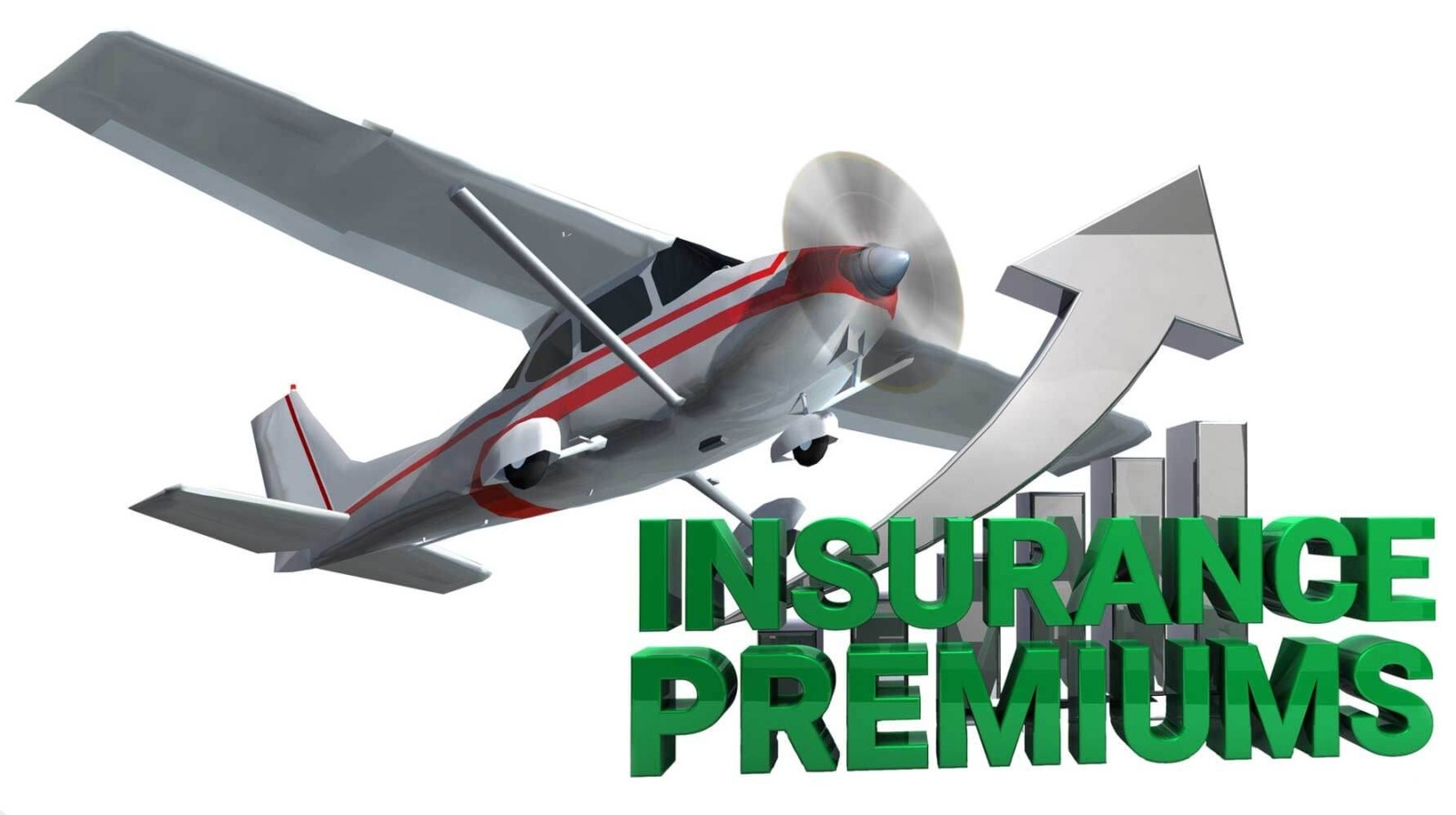
You have a new airplane and you have spent many hours and all of your money to get it.
Now, in this ultimate guide, we will discuss everything that you need to know about getting insurance coverage for your plane or helicopter. This guide will explain how policies function, the types of coverage they offer, and tips on selecting an ideal provider. Time to get some insurance and fly it!!
How Does Aircraft Insurance Work?
Aircraft insurance functions very similar to auto or home insurance. You pay an insurance company a premium monthly or annually. In return they will pay for some losses and damages as defined in your policy contract.
This coverage is triggered if your aircraft sustains damage in an accident, whether it be due to weather conditions or fire, or under another covered peril. The insurer will offer a payout to repair or replace the craft up to your limit of coverage.
Policies differ but may consist of the following:
- Hull insurance - provides repair or replacement of the aircraft itself
- Liability - Covers injuries or damage you do to others
- Medical Bill - Pays Medical Expenses for you or your occupants
Remember that it's not replacement, you are going to get the cash value, not a new airplane!

What Risks Are Covered By Aircraft Policies?
Aircraft cover is specifically crafted to help protect you from loss, financial or otherwise, from any peril that it covers while your Aircraft is in motion. Typical risks that are covered include:
- Accidents and crashes
- Storm, lightning, or wind damage
- Hard landings causing damage
- Hitting birds or animals animals in-flight
- Theft or vandalism
- Hangar collapse
- Fire damage
Good policies cover risks on the ground as well as while flying. Disclaimer: There are some exclusions, so be sure to read through all of the fine print before getting a policy.
How Are Aircraft Insurance Premiums Calculated?
Your premium is determined based on how likely the insurer thinks you are to claim. When it comes to figuring out rates, you will be assigned a risk profile based on several key components:
- Type of aircraft and value - Higher premiums are paid for more expensive or higher performance planes
- Pilot experience - Fewer flight hours equals higher perceived risk
- Intended use - Commercial use costs more than recreational
- Operating location - It does make a difference where you are going to land and house the aircraft
- Claims history - Incidents and past claims raise your premium
Pro-tip: The more experience you have as a pilot, the lower your rates will get (in time). A clean flying history doesn't hurt either.
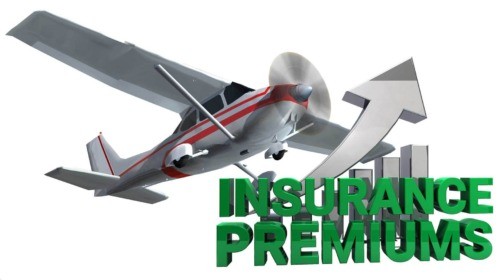
How Much Does Aircraft Insurance Cost?
Above factors are all modifying component in the premium. However, on average you should expect to pay:
- Personal/private aircraft: 1% to 3% of the aircraft's hull value
- Commercial aircraft: 3% to 7% of the aircraft's hull value
Expect to pay $5,000 - $15,000 a year for every $500,000 in private plane purchase price. Premiums for high performance aircraft can exceed $100,000!
Compare free quotes from all the top providers to find rate. Be sure to check for discounts such as those for multiple policies or if you pay in full.
How Quickly Can I Get Aircraft Insurance?
In a bind, the majority of aviation insurance could be bound very same day. You'll provide details on:
- Details of the aircraft you fly; its make, model and serial number
- Desired coverage types and limits
- Your experience and qualifications as a pilot
Insurers use this information to dynamically access risk and issue a premium quote almost instantly. After that, they approve your application and you pay your first premium and it all goes into effect - generally within hours.
However, it is wiser to arrange insurance before you travel. Apply at least one month before renewal or making a new purchase and shop around by comparing premiums.
What is the Minimum Pilot Age for Aircraft Insurance?
The minimum approved pilot age with most insurers is between 25-30 years of age. The youth and inexperience of quarterbacks is a significant factor reflected in this. Cheap insurance will be pretty much impossible for teenage or early 20s pilots.
Pilots under 25 should expect:
- Much higher premiums, often 2-3X the standard rate
- Lower coverage limits
- Less flexibility in policy types
You can get insured prior to this threshold, but expect a penalty for not being covered well in advance. Having an instructor pilot double insured helps reduce risk.
Leading Aircraft Insurance Providers
There are a good number of specialty providers to consider in the aircraft insurance market. Here are the best compare premiums and coverage:
Avemco Insurance Company Avemco has offered policies for over 50 years, and carries an A+ rating with the appropriate financial authorities.
Global Aerospace Provides coverage for a range of various commercial and corporate aircraft fleets. The liability coverage is available on high.
Starr Aviation Top choice for jet and high performance aircraft. Known for excellent customer service.
USAIG Provides personal and flight school insurance Accident forgiveness for new customers
Falcon Insurance Focuses on rotorcraft policies like helicopters, gyrocopters, and drones.
All insurers offer certain benefits or discounts that make them better suited to a particular type of insurance purchase. Compare to discover your best match!
Ready to Take Flight with Aircraft Insurance?
Now that you know about aircraft insurance, you can focus on protecting your passion and flying with confidence.
A proper policy lets you breathe easy while chasing skill, safety and thrills in the wild blue yonder.

